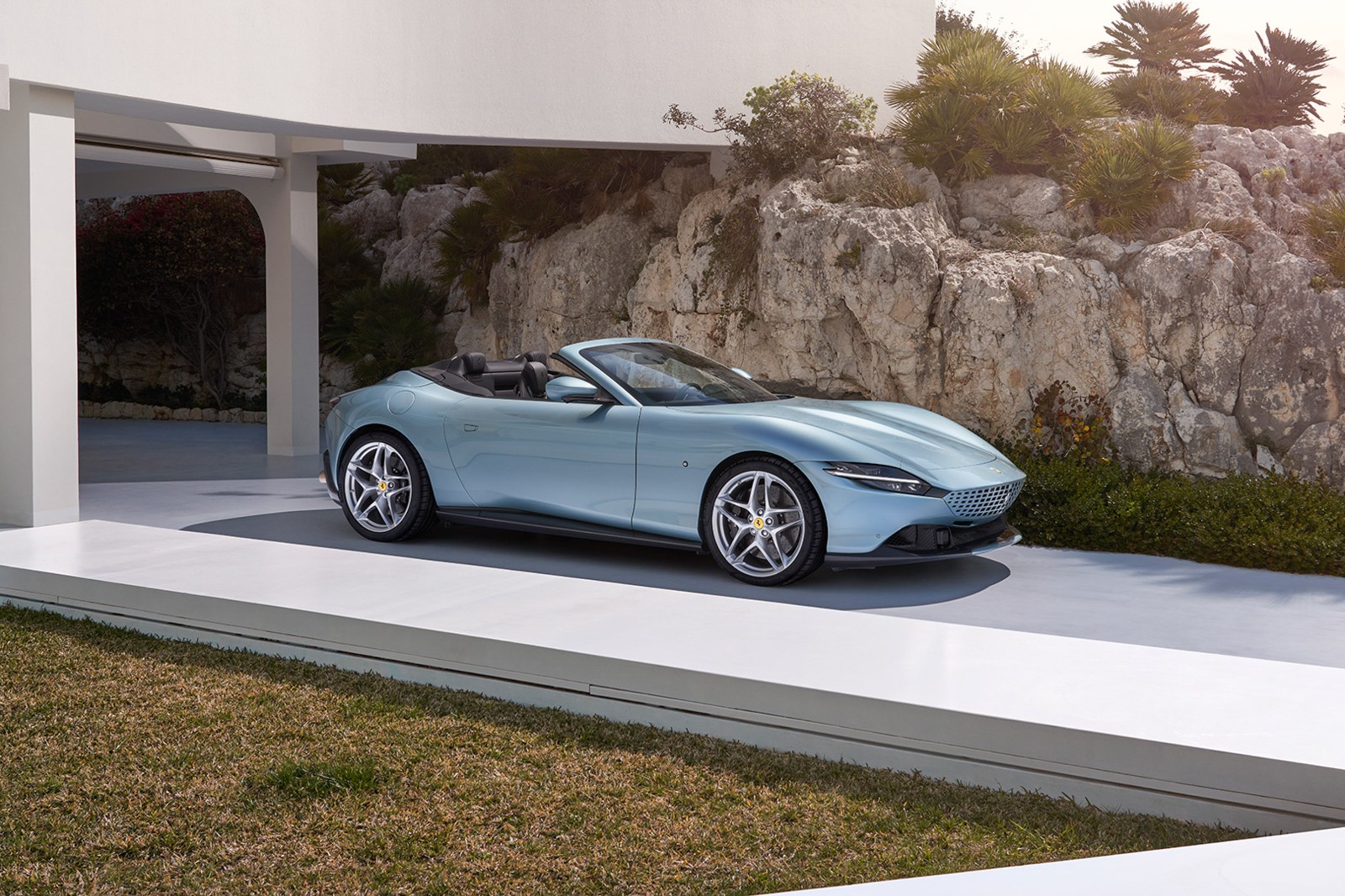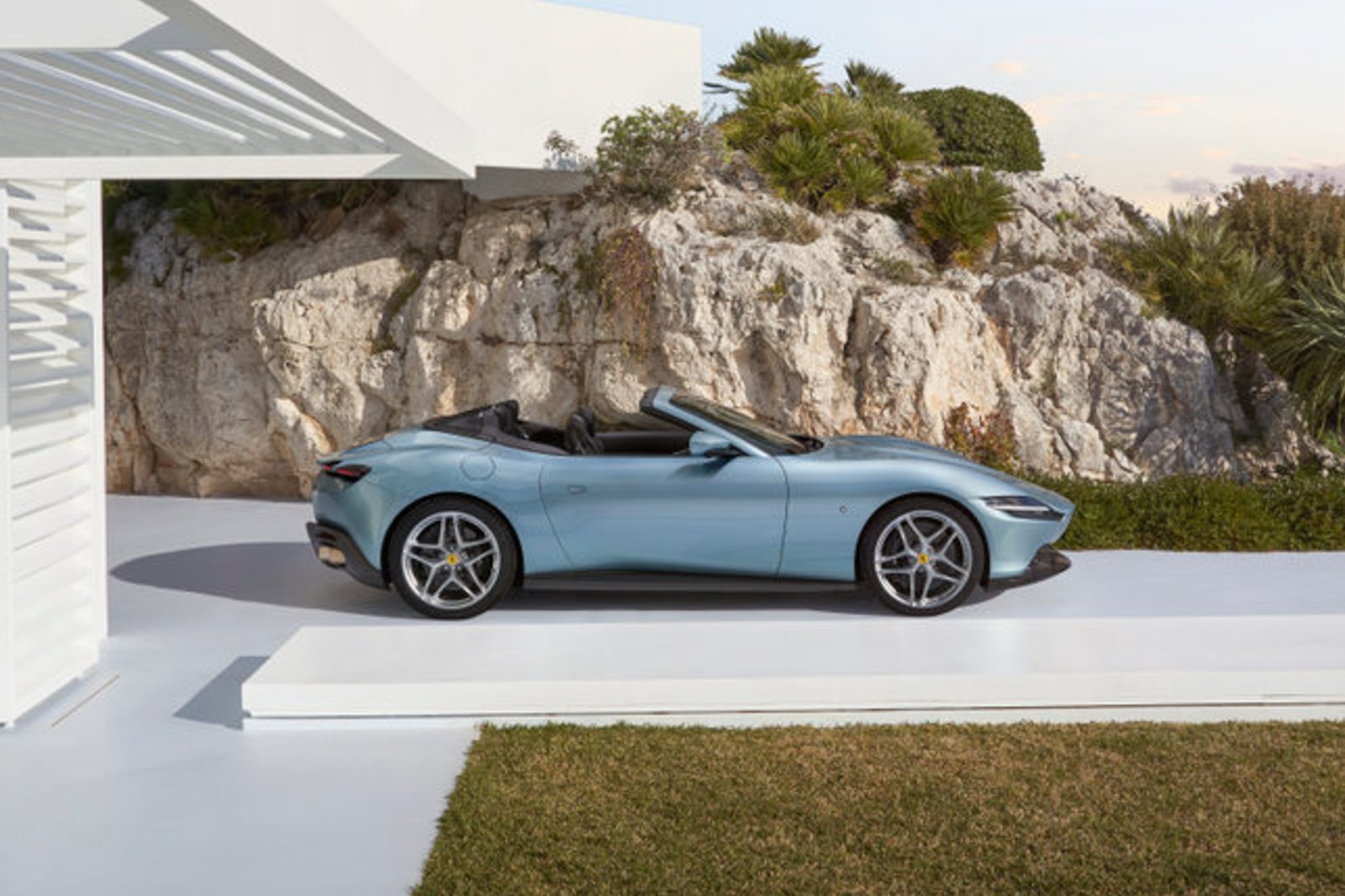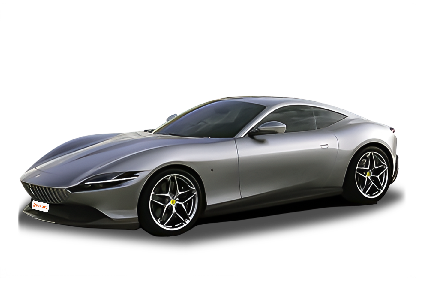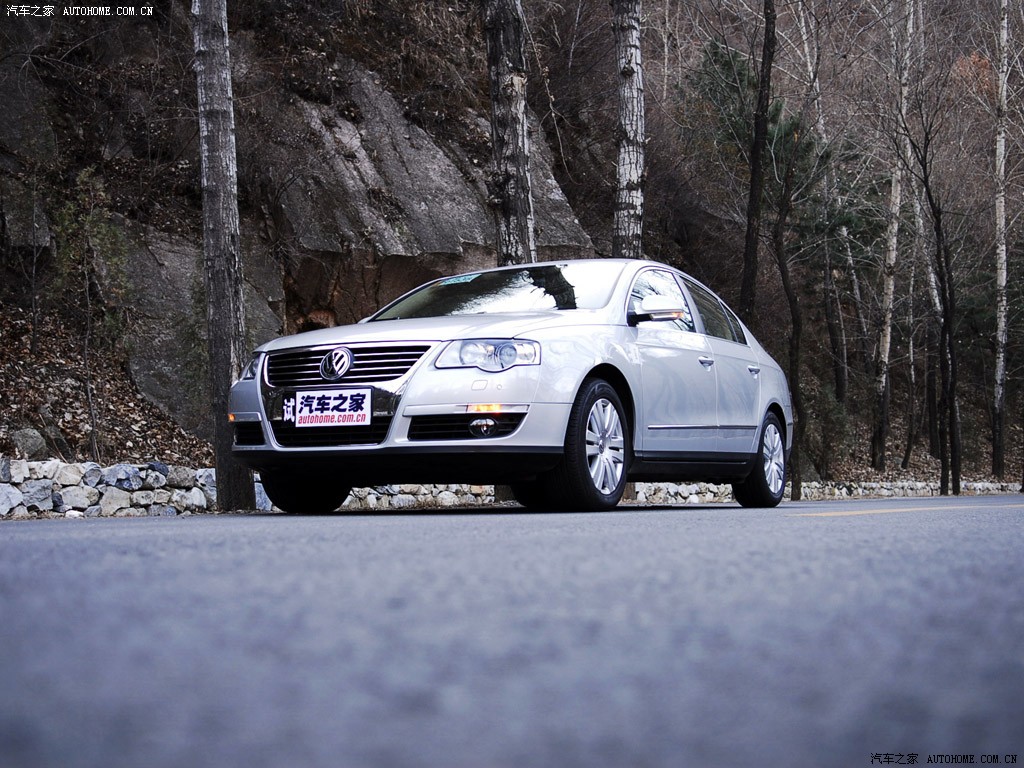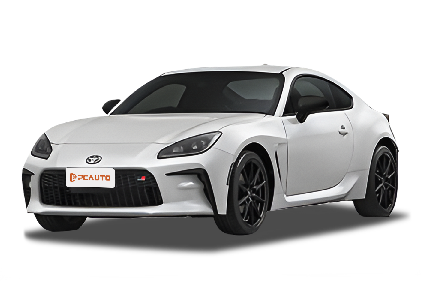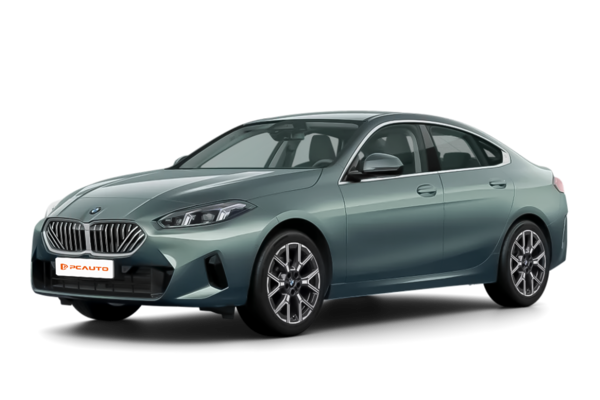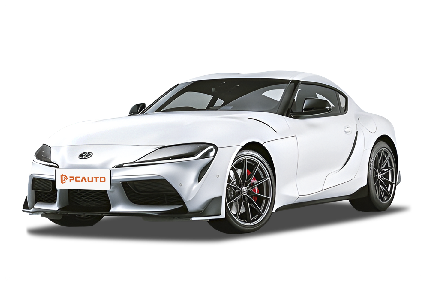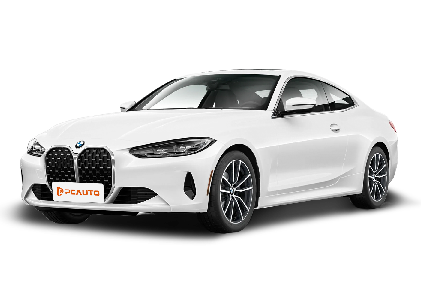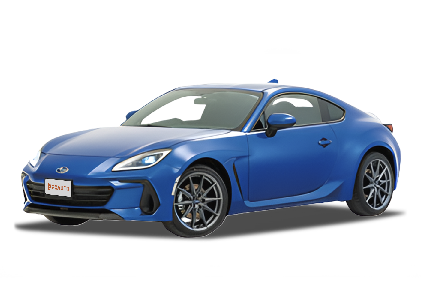Q
What's the price of Mitsubishi ASX?
The prices of Mitsubishi ASX vary depending on different versions. The 2018 Mitsubishi ASX two - wheel drive version is priced at RM118,866, while the 2018 Mitsubishi ASX four - wheel drive version is sold for RM133,336. The Mitsubishi ASX belongs to the compact car category (Class C). It is equipped with a 1998 - cc (2.0 - liter) gasoline engine, with a maximum horsepower of 150. Both versions are equipped with a series of standard features. The two - wheel drive version has 3 airbags, while the four - wheel drive version is equipped with 7 airbags to enhance safety. They also have features such as ABS anti - lock braking, automatic headlights, and a touch - screen infotainment system, providing a comfortable and convenient driving experience.
Q
how to register toyota app
Signing up for the Toyota app is a breeze. For Malaysian users, just head to the App Store or Google Play to download the "MyToyota" app. Open it up, select "Register New Account," and fill in your personal details—name, email, phone number, and vehicle info like license plate and VIN. Once that's done, verify via email or SMS to activate your account.
Once registered, you’ll unlock a ton of handy features: check your vehicle’s service history, book maintenance appointments, get real-time traffic alerts, and access exclusive promotions. Plus, you can even remotely control certain connected Toyota models.
A quick tip: make sure your vehicle information is spot-on during registration so the system can correctly identify your ride. If you run into any issues, just hit up Toyota Malaysia’s customer service hotline or swing by your nearest authorized dealership for help.
Also, the Toyota app gets regular updates, so it’s a good idea to enable auto-updates to snag the latest features and security tweaks. And keep your phone’s OS updated too—just to make sure everything runs smooth and you don’t miss out on anything.
Q
how to reset honda jazz bluetooth
To reset the Bluetooth system in your Honda Jazz, start by turning on the vehicle and making sure the infotainment screen is active. Navigate to the audio or settings menu and look for the "Bluetooth Device List" option. Select the paired device and hit "Delete" or "Unpair." Once that's done, turn off the ignition and wait about 30 seconds before restarting the car—your Bluetooth system will be reset and ready to pair with new devices. For Malaysian users facing Bluetooth connection issues, beyond resetting, check if your phone's operating system is up to date, as older Android or iOS versions can sometimes cause compatibility glitches. It's also a good idea to regularly clear the cache on your car's audio system; this simple step often improves Bluetooth stability. The Honda Jazz's Bluetooth setup is designed to be straightforward and user-friendly, with quick multi-device switching—perfect for hands-free calls during Malaysia's rainy drives. If problems persist after a reset, head to an authorized Honda Malaysia service center to have the audio module firmware checked for updates. Their technicians will use genuine diagnostic tools to fine-tune the system for better performance.
Q
How much is BMW 5 Series in Malaysia?
In Malaysia, the price of the BMW 5 Series depends on the specific model and configuration. Currently, the entry - level 520i starts at around RM338,800, while the higher - performance 530e plug - in hybrid starts at RM388,800. The top - of - the - line 540i xDrive may cost over RM500,000. The actual prices can fluctuate due to optional accessories, promotional activities, or dealer policies.
The BMW 5 Series is highly popular for its luxurious interior, advanced technologies (such as the iDrive 7.0 system and driving assistance features), and excellent driving experience. The locally assembled (CKD) models also make the prices more competitive. Moreover, the Malaysian government offers tax incentives for hybrid and electric vehicles, so new - energy versions like the 530e may offer better value for money.
It is recommended that before purchasing a car, you take a test drive at an officially authorized dealer and learn about the latest offers. At the same time, compare the configuration differences of different models, such as engine performance (the 520i is equipped with a 2.0 - liter turbocharged engine, and the 530e combines an electric motor) and technological equipment, to ensure that you choose the version that best suits your needs.
Q
How much oil for Audi RS3?
The oil capacity of the Audi RS3 is approximately 6.3 liters. However, the exact amount may vary slightly depending on the model year or engine type. It's recommended to refer to the owner's manual or consult an authorized Audi service center for accurate information. In Malaysia's hot climate, it's particularly important to choose fully synthetic oil that meets the VW 504 00 or VW 507 00 standards. This type of oil can better handle high - temperature conditions and meet the high - performance requirements of turbocharged engines.
Regularly checking the oil level is crucial for maintaining the engine's health, especially after aggressive driving. High - performance engines like the 2.5 TFSI five - cylinder engine in the RS3 may consume more oil. It's worth noting that the oil change interval is usually every 10,000 kilometers or 12 months. But if you often drive on the racetrack, you may need to shorten this interval.
For Malaysian owners, it's advisable to choose high - quality oil with a viscosity of 5W - 30 or 5W - 40 and have your vehicle serviced at an Audi - certified repair shop. This ensures that your car stays in top condition and maintains its warranty.
Q
What are common problems with the 2021 Fortuner?
The 2021 Toyota Fortuner has generally proven reliable in the Malaysian market, though some owners have reported a few common issues. For instance, diesel engine variants might experience brief shaking during cold starts, which is usually linked to the local humid climate or fuel quality. It's advisable to regularly replace the fuel filter and use the recommended diesel grade. Some owners have also mentioned that the third-row seating feels a bit cramped, with average comfort for long journeys—this is a typical design trade-off seen in most seven-seat SUVs. Additionally, there are a small number of cases where the infotainment system occasionally freezes, which can be fixed with a software update. Notably, while the Fortuner's body-on-frame construction ensures off-road durability, the suspension tuning feels on the stiffer side when driving on paved roads, a characteristic trait of rugged SUVs. Malaysian owners are advised to pay special attention to regular checks of the chassis rubber components, as the local rainy climate may accelerate wear on these parts. Overall, these issues fall within the normal range for vehicles in this class, and adhering to scheduled official maintenance can effectively prevent them. For consumers considering a used model, it’s recommended to focus on inspecting the 4WD system’s functionality and chassis rust conditions—areas that require extra attention in Malaysia’s humid environment.
Q
How to reset oil life on 2018 Volkswagen Jetta?
To reset the oil life indicator on the 2018 Volkswagen Jetta, first make sure the vehicle is turned off. Then, press and hold the "0.0" button on the dashboard (located below the tachometer). While holding the button, turn the key to the "ON" position (no need to start the engine). At this time, the dashboard will display "RESET OIL CHANGE SERVICE?" or a similar prompt. Keep holding the button until the word "Confirm" appears. Release the button and press it one more time to complete the reset.
If the operation fails, it might be due to unsynchronized steps or system delays. It's recommended to repeat the attempt or refer to the owner's manual. It's worth noting that the oil life indicator is an estimated value calculated based on the vehicle's mileage and engine running time, not an actual test of the oil quality. So, even after resetting, you need to regularly check the oil condition. Especially in Malaysia's hot and humid climate, which may accelerate oil deterioration, it's advisable to change the oil every 5,000 to 8,000 kilometers or every 6 months (whichever comes first). Using synthetic oil that meets the VW 502 00/505 00 standard can better protect the engine.
If the reset option doesn't appear on the dashboard, it could be due to differences in vehicle configurations. Some Jettas require you to enter "Vehicle Settings → Maintenance → Reset" through the center console screen. In this case, it's recommended to contact the Volkswagen authorized service center for technical support to avoid accidentally touching other system settings.
Q
Does 2024 Nissan Kicks have eco mode?
The 2024 Nissan Kicks does come with an Eco drive mode, which optimizes fuel efficiency by adjusting throttle response and transmission shift logic. It's especially handy for Malaysia's typical stop-and-go city traffic, really helping owners cut down on fuel costs. Under the hood, there's a 1.6L naturally aspirated engine paired with a CVT gearbox. When you flip into Eco mode, it strikes a decent balance between power delivery and economy—official figures peg the combined fuel consumption at around 5.6 liters per 100 km.
Now, it's worth mentioning that while Eco mode saves fuel, it does take a tiny bit of edge off the acceleration. So if you're looking to overtake on the highway, it's a good idea to switch back to Normal mode temporarily. Rivals like the Honda HR-V and Toyota Corolla Cross offer similar drive mode options too, though each brand tunes their systems a bit differently.
If you're using Eco mode a lot in Malaysia's hot weather, make sure to check your AC system regularly—sometimes the eco settings can dial back the compressor power. Also, keeping up with basic maintenance like changing the air filter on time and using the recommended oil viscosity will help you get the most out of that Eco mode's fuel-saving potential.
Q
How to program a remote key of Nissan Frontier?
Programming the remote key for a Nissan Frontier typically requires specialized equipment and specific procedures. Generally, you'll need to connect a diagnostic tool to the vehicle's OBD port and follow the prompts provided by the tool. However, the process may vary across different model years and configurations of the Nissan Frontier. If you are not familiar with the operation of automotive electronic systems, it is advisable to visit a professional automotive repair shop where experienced technicians can assist you with key programming.
Q
What Segment is Perodua Alza?
The Perodua Alza falls into the B-Segment. It's a 7-seater compact MPV with a stylish design and a spacious cabin. The body is relatively compact, and the three rows of seats offer various arrangements. In the full model change, it adopts the DNGA B-segment platform, which further optimizes the interior space, making it more spacious and user - friendly. Among models in the same class, it has certain advantages and can meet various needs such as family outings. Its space layout is reasonable, ensuring both the passengers' riding comfort and a certain amount of storage space. Meanwhile, it also has corresponding features in terms of fuel economy and safety configuration, providing consumers with a good choice.

